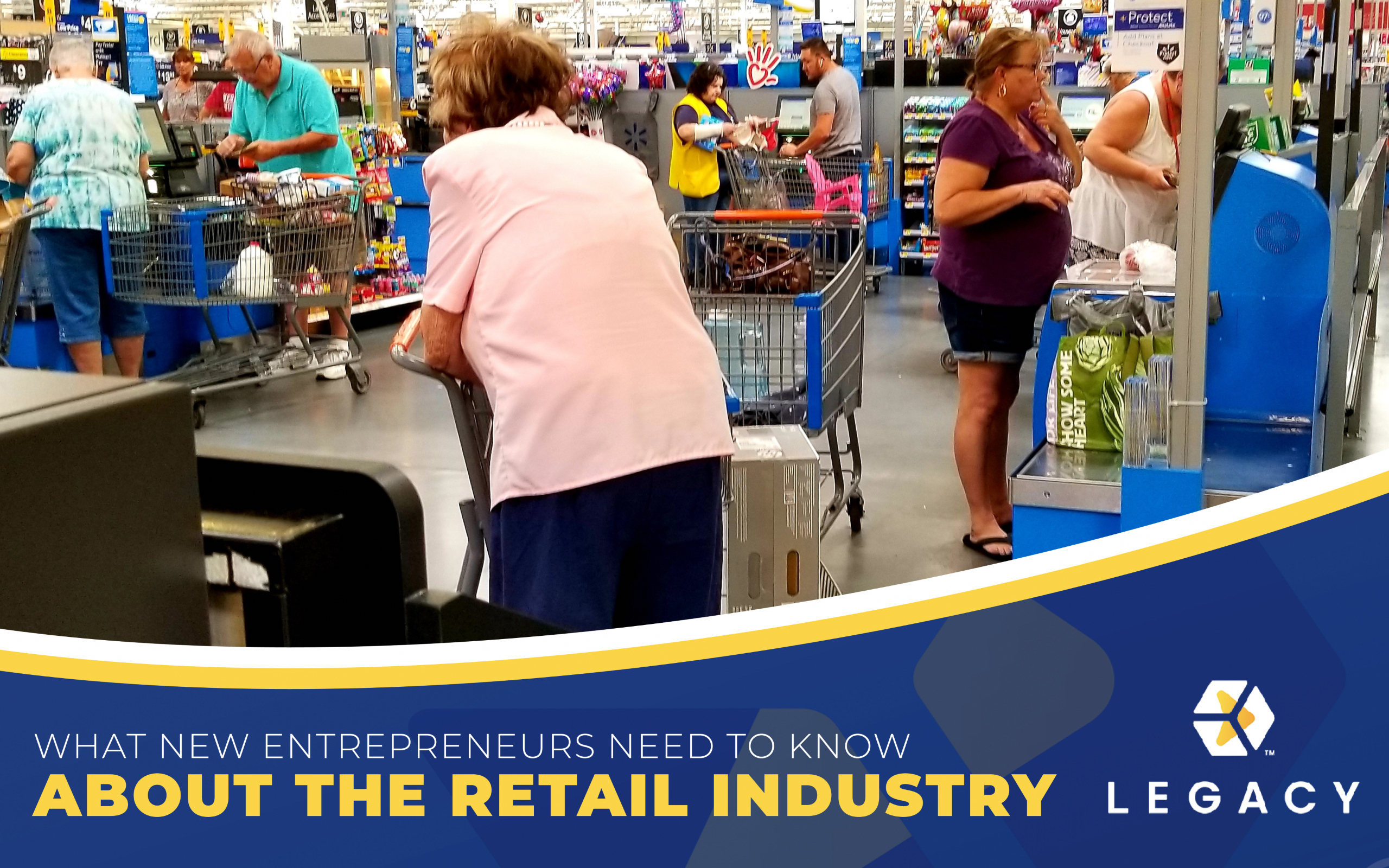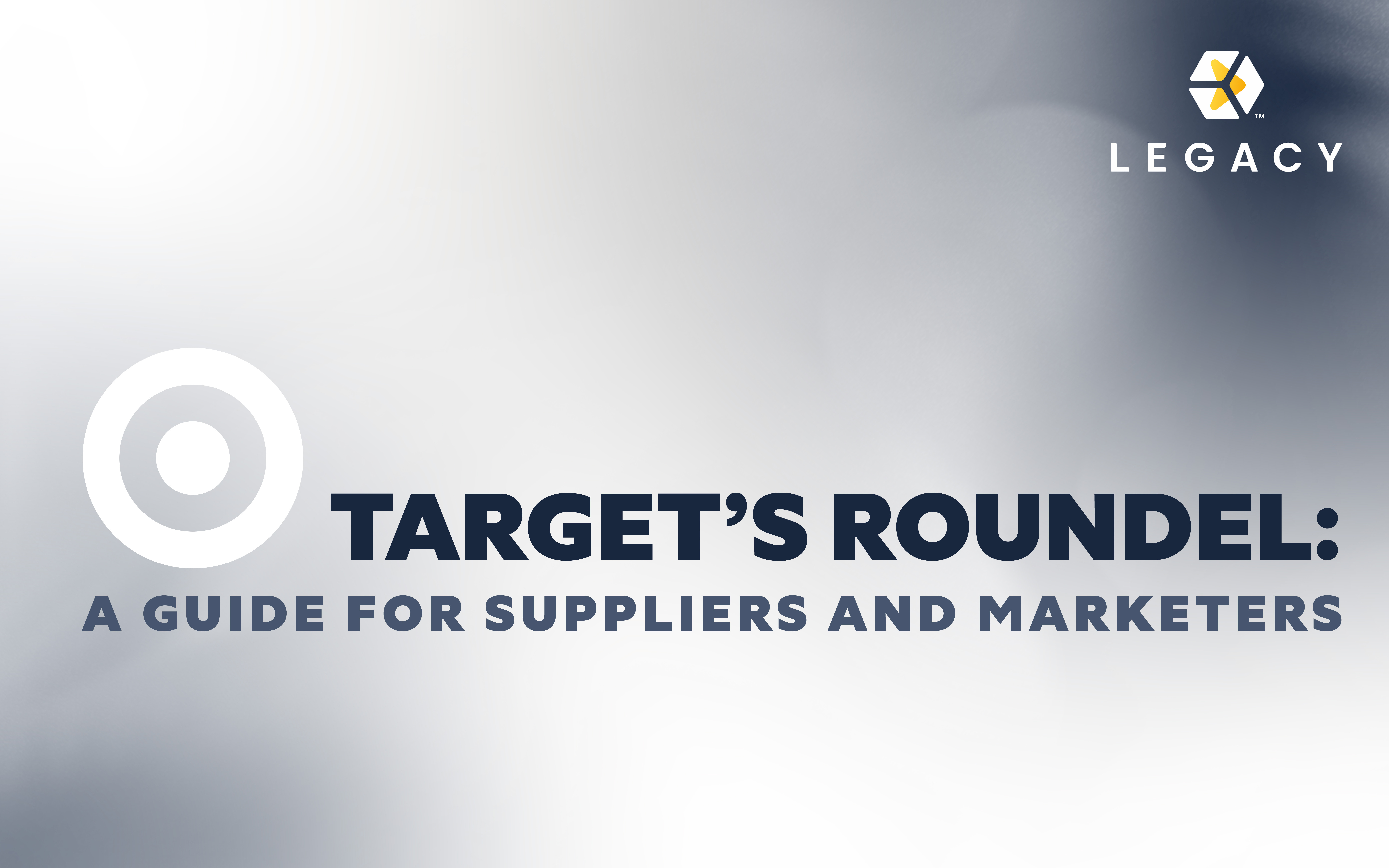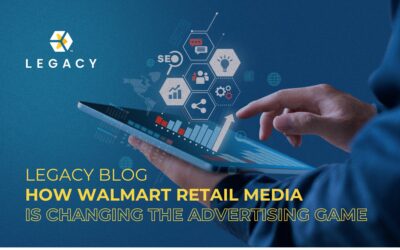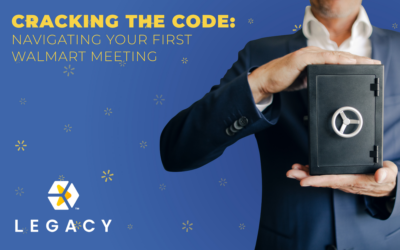The world of big-box retail and consumer packaged goods (CPG) is large and complex. It can seem like an unscalable summit, especially to those of you who are brand-new entrepreneurs with a big idea for a product you want to sell in stores. There has also been an influx of creatives and influencers who find massive success online and then desire to create branded products.
In both cases, you may not yet be well-versed on the inner workings of the retail industry. You don’t need to feel bad – again, the industry is large and complex.
To serve you new CPG entrepreneurs, the Legacy Retail team has put together a guide that covers some basic CPG concepts. A strong grasp of these concepts will keep you moving confidently ahead on the long and complicated journey from idea to market.
To learn more about how the world of big-box retail and consumer packaged goods works, Legacy Retail invites you to keep reading.
What are consumer packaged goods?
Consumer packaged goods are items that consumers use daily or so regularly that they must be frequently replenished. Think food, beverages, soap, diapers, and household products.
So items like cookware, aluminum water bottles, towels, and baby cribs would not be considered CPG items – those are known as are durable goods.
Company vs. Brand
The terms company and brand are often used interchangeably, but they are not the same thing. A company – also known as a corporation – is a group of individuals who can lawfully conduct business together as a single entity.
For example, the famous Unilever is a company. Whereas a brand is a product or group of products from a company. Using the same example, the company Unilever has multiple brands, including AXE, Dove, and Ben & Jerry’s.
So if your CPG company is called Good Health Incorporated, you may sell your fermented tea under a brand called Vitali T.
The 4 CPG categories
There are four major categories within the CPG market: 1) food and beverage, 2) beauty and wellness, 3) apparel, and 4) household products.
Since you sell fermented tea, you will compete in the food and beverage category. It goes without saying there are subcategories within these broad categories. In your case, non-alcoholic beverages and so on.
The 3 CPG levels
Within the four major CPG categories, there are three levels or segments: 1) premium, 2) mass market, and 3) value.
Here is a breakdown of the differences between them:
Premium. Products in this segment are high-quality and relatively expensive.
Mass market. Products in this segment are of average quality and generally affordable.
Value. Products in this segment are less-than-average quality and cost very little.
You will have to decide which segment best suits your Vitali T brand. If you want wide swaths of average Americans to purchase your product, you will want to choose the mass market.
However, down the line, you may create products for all three segments – this is a common practice for many companies.
Assortment
The majority of CPG companies have a standard or original product within a brand, but they also offer that product in different sizes, colors, flavors, etc. These different options are called variations.
If you visit your local Target or Walmart and go to the toothpaste aisle, you will see that Colgate has a plethora of options to choose from. You will find standard and travel-size tubes, baking soda and hydrogen peroxide-infused tubes alongside bubble-gum flavored kinds for kids.
This multiplicity of products under a single brand sold by a particular major retailer is called an assortment.
The Legacy Retail team hopes this guide on CPG basics is helpful to all you new entrepreneurs as you take the journey from idea to market. There is much more to cover, but knowing these things is a good starting point..
Legacy Retail is a team of CPG experts with over two decades of experience in brick-and-mortar retail and extensive experience in e-Commerce. If you are a new entrepreneur that needs consultation and has secured capital, and is ready to take your product to market, contact us by clicking here.




